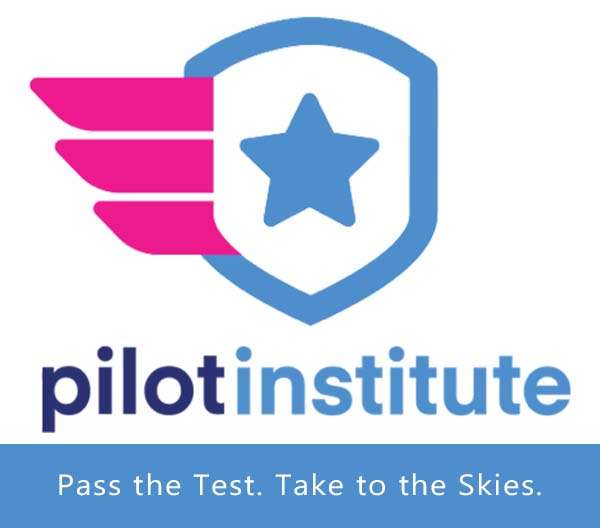There is a growing interest in boosting uncrewed technology in the US due to its potential to transform the way we manage disasters, maintain infrastructure, administer medicine, tackle national security threats, and conduct day-to-day business. Additionally, federal investment in UAS research and development could help the country maintain its leadership position in the field of advanced aviation and provide numerous […]
The “Increasing Competitiveness for American Drones Act of 2023” is a bill introduced by Senators Warner and Thune in February that aims to revamp the process for acquiring waivers from the Federal Aviation Administration (FAA) for drone flights beyond visual line of sight.
The proposed legislation identifies key research priorities, including detect and avoid capabilities, beyond visual line of sight (BVLOS) operations, operation of multiple unmanned aircraft systems, unmanned systems traffic management, command and control, and UAS safety standards.
There are currently seven UAS test sites in the US. These are located at Griffiss International Airport in New York, New Mexico State University, the North Dakota Department of Commerce, the State of Nevada, Texas A&M University Corpus Christi, the University of Alaska Fairbanks, and Virginia Polytechnic Institute & State University.
The proposed legislation aims to increase research and development in unmanned aerial systems (UAS) technologies at the nation’s UAS test sites, which were established to verify the safety of public and civil UAS operations before their integration into the national airspace system.








